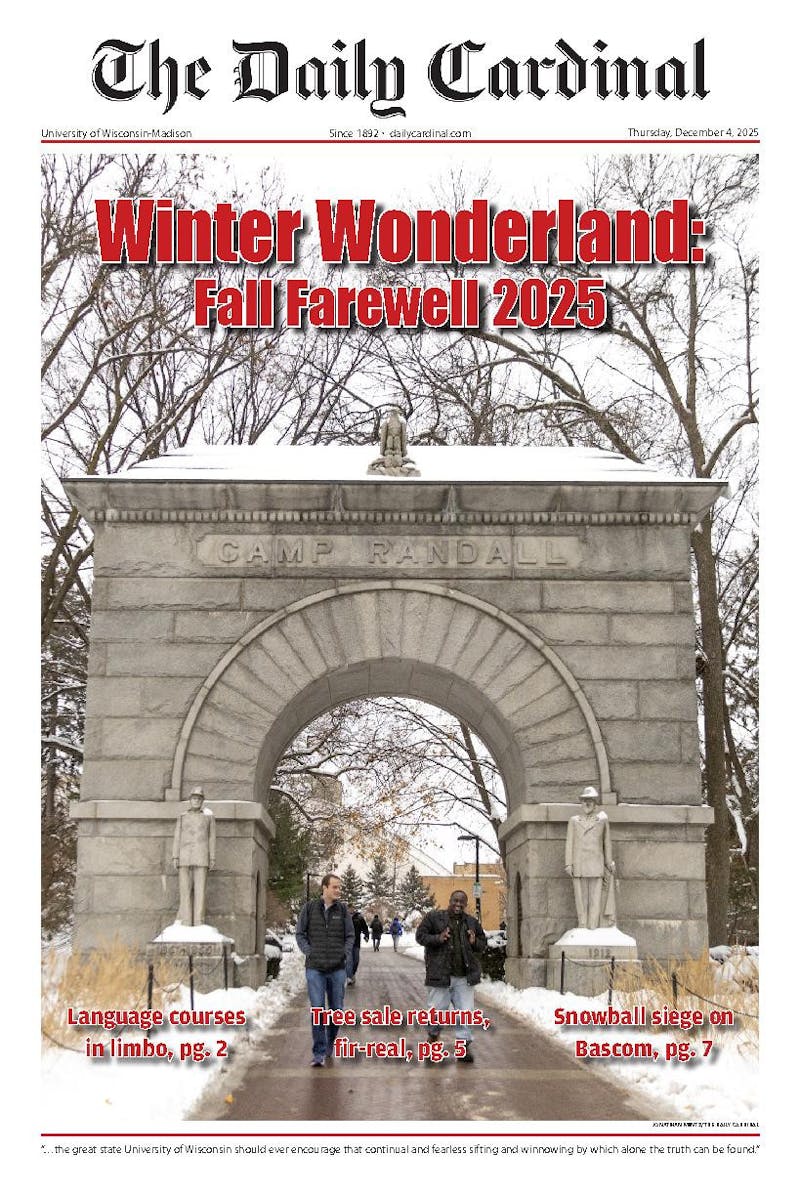So, you want to become a wine expert, or at least an occasional wine drinker? Your limited knowledge of wine is understandable, considering you have spent the last couple of years swigging beer and boxed wine. It is finally time to join the adult table. To do so, you do not need a lot of money to spend on overpriced wine. You just need a little guidance, something the Whole Foods' class Wine on a Budget"" offers in abundance.
The most valuable lesson one takes from the class is that, while there certainly are disparities in the quality of wines, the good news for those with shallow pockets is the most expensive wine is not always superior.
You never have to pay more than $20 for a good bottle of wine. In fact, wine shouldn't cost more than $50 to $60, but supply and demand and the prestige of certain wine makers' names lead to elevated prices.
Before this class, my experiences with wine involved an occasional cheap glass of pinot grigio or white zinfandel. Many people prefer sweet wines to dry ones, which, according to the class, are considered ""wine for regular people"" by wine snobs. Most college students need a tutor to introduce them to wines over $3 but under $20. Considering red wines are loaded with antioxidants and other healthy benefits, it can be helpful to find a red you actually like.
Since this Whole Foods class cost $5 only, compared to its usual price tag of $25, you might not go into it with high expectations. Eight glasses later, however, you will surely leave satisfied - especially after finding an enjoyable red wine: a Spanish garnacha.
This class, led by the Madison Whole Foods' wine buyer, covered the basics of inexpensive wines and offered the chance to sample eight varieties, all $10 or less and almost all enjoyable.
The class began as all dinners should, with a glass of the most pleasant sparkling wine possible. The following seven wines provided a nice balance between whites and reds that show you really can buy a decent bottle of almost any kind of wine at a low price.
While there are wines to relax with and drink alone, there are others that should only be paired with a meal.
The sauvignon blanc we tasted was so packed with tart citrus flavor you could never drink it without a plate of seafood. The other white wine, an Italian chardonnay, produced a few unhappy faces in the class, but its light, fruity flavor was more than enjoyable.
We then sampled four reds, and while I previously had never been able to stomach an entire glass of a dry wine before, I polished off three of the four. The pinotage, a South African cross between a pinot noir and Hermitage, was too leathery and smoky to finish.
An excellent option is the semi-dry garnacha, a fruity, red wine made with many berries. It is the perfect wine to enjoy on a warm summer night, and the bottle of Monte Oton we tried only costs $9.
The red wines kept getting drier, meaning it was time for merlot and cabernet. But instead of merlot, we tried a carmenere. The one we sampled had a peppery taste. You could easily envision enjoying it over a steak dinner, but it is not one to drink by itself. The cabernet sauvignon was as cheap a California cabernet as you'll find, had a rich, deep flavor. After the heavier wines, we finished the class with a glass of riesling, a light dessert wine that is so sweet it tastes like sparkling grape juice.
So besides these eight options, how else do you find good but inexpensive wine? Look outside of the well-known wine places. Good wine doesn't have to come from California or the usual places in Europe.
Instead of merlot, buy a South American carmenere, or try wines from South Africa or New Zealand. Most importantly, never be afraid to try something new. It is easy to sample a wine once, not like it and never drink anything similar to it again. But your taste buds may surprise you, so it is worth giving all wines a second chance.
Wine on a Budget was Whole Foods' first wine class, and it won't be its last, either. Check the schedule on www.wholefoodsmarkets.com.






